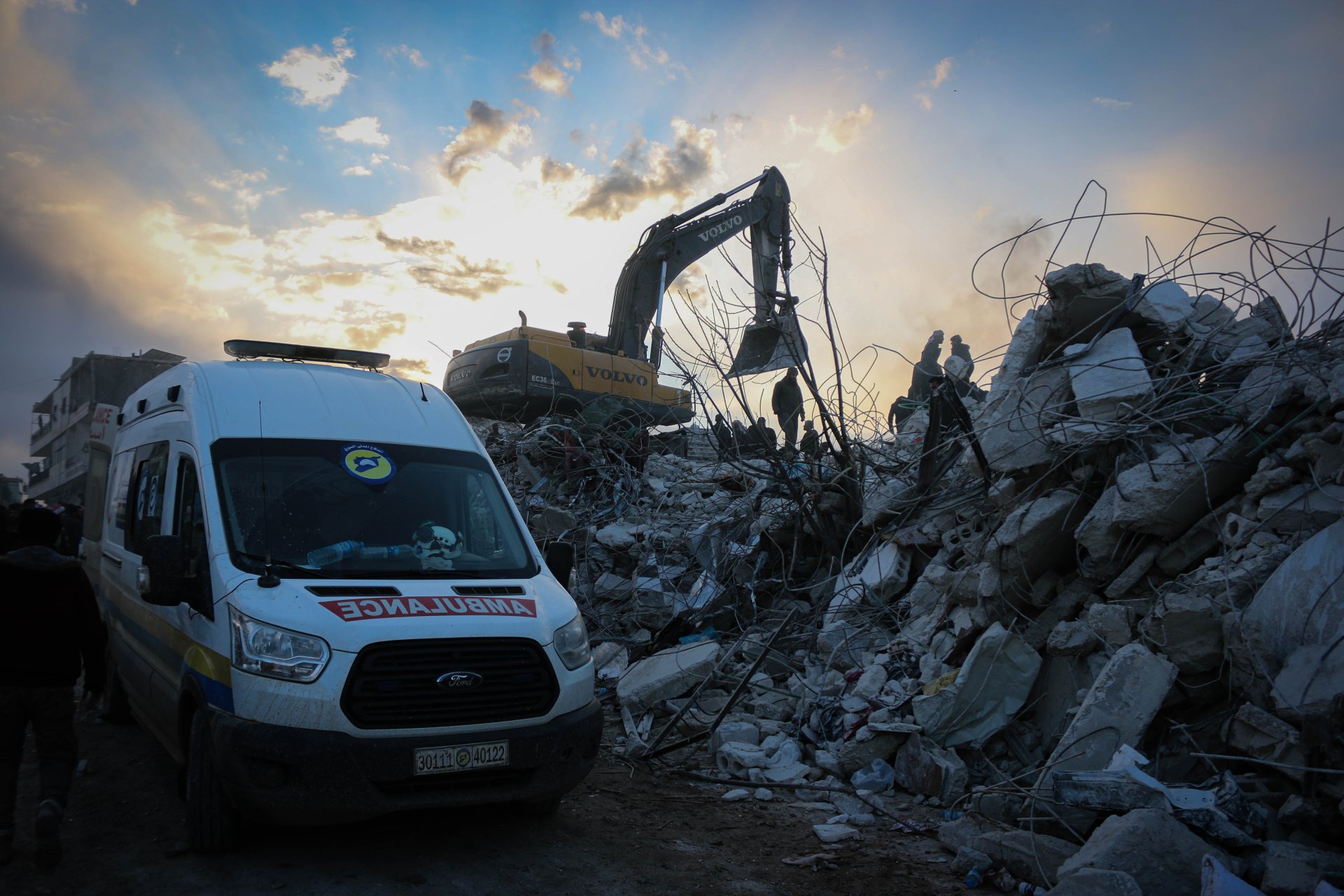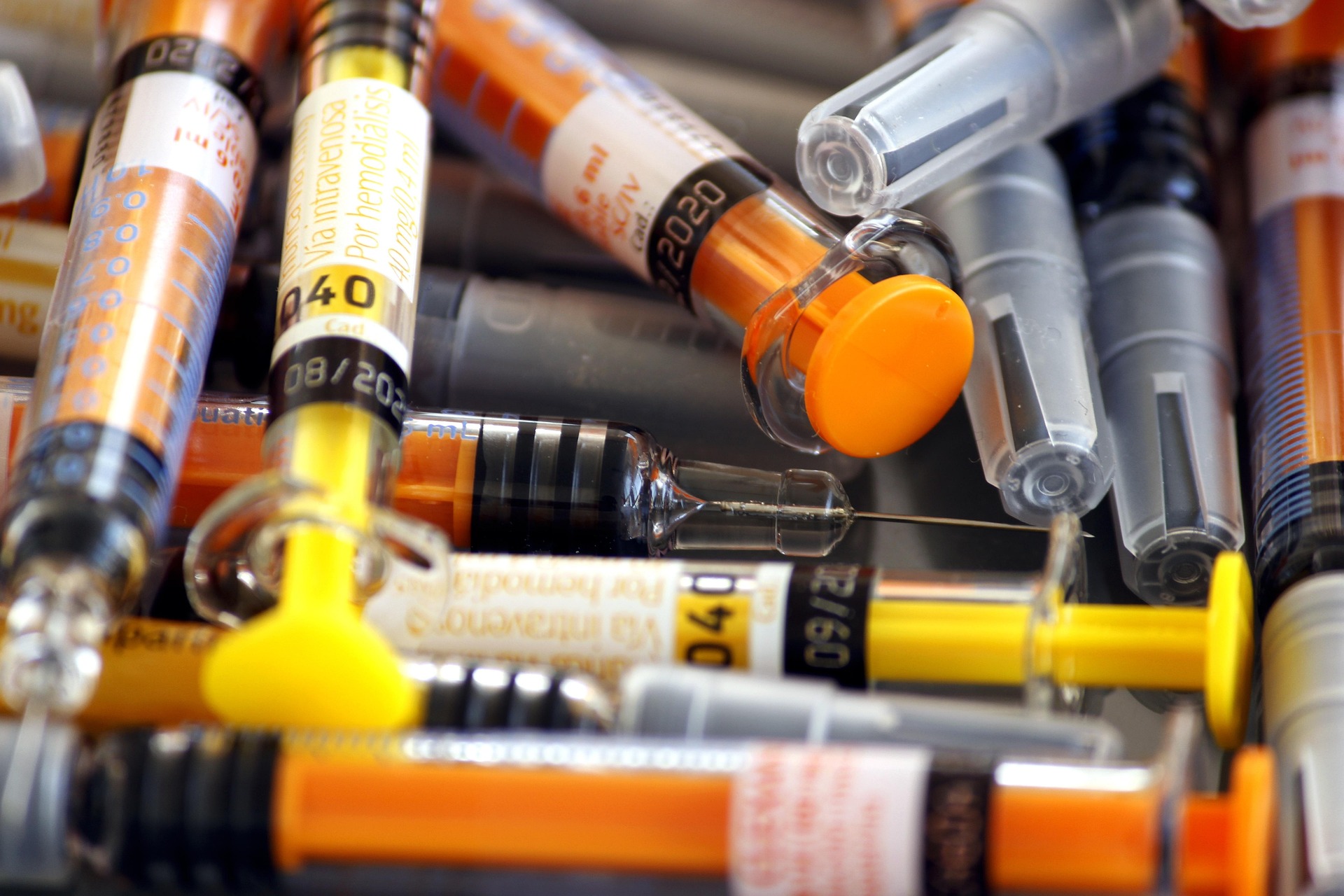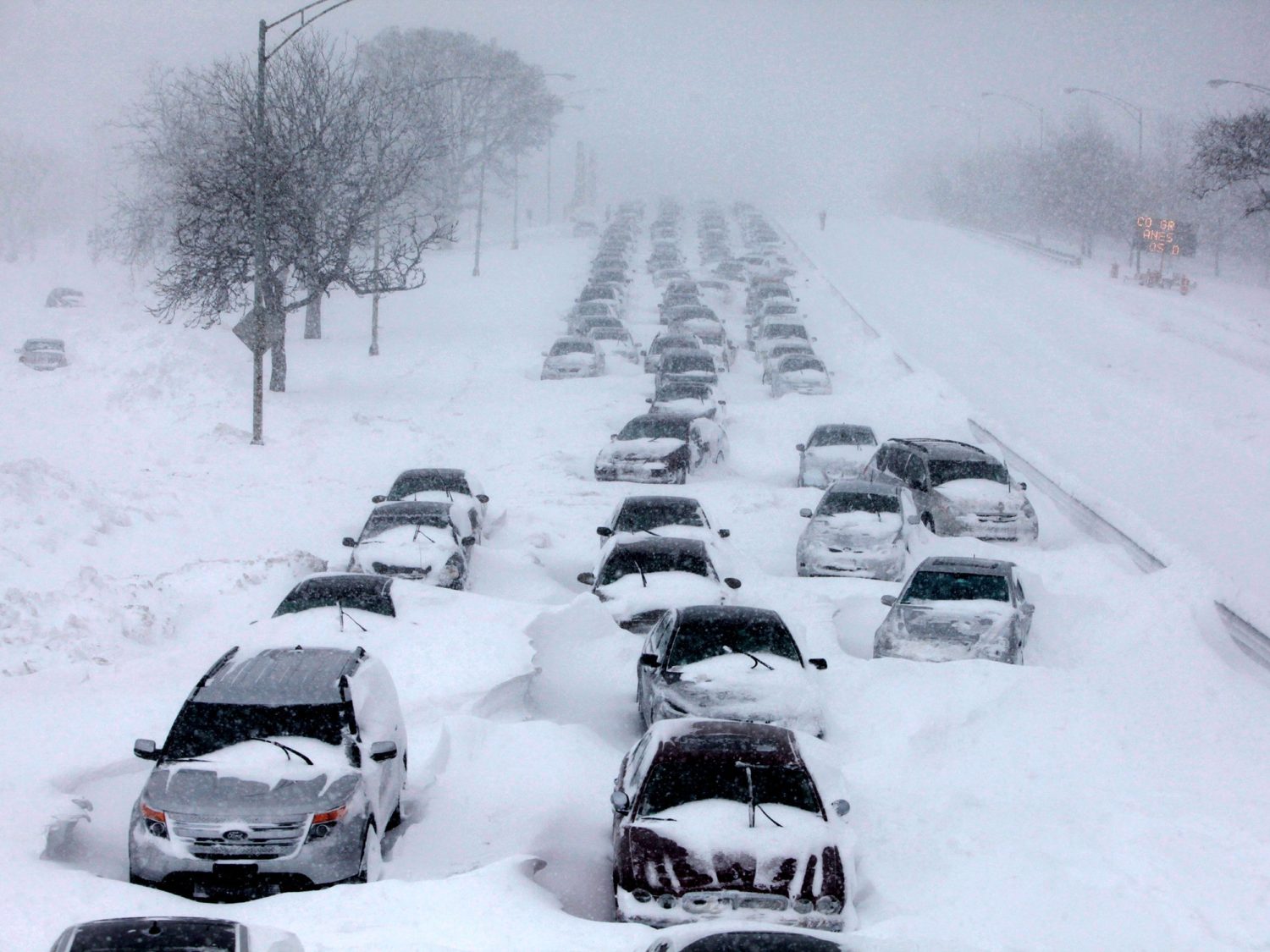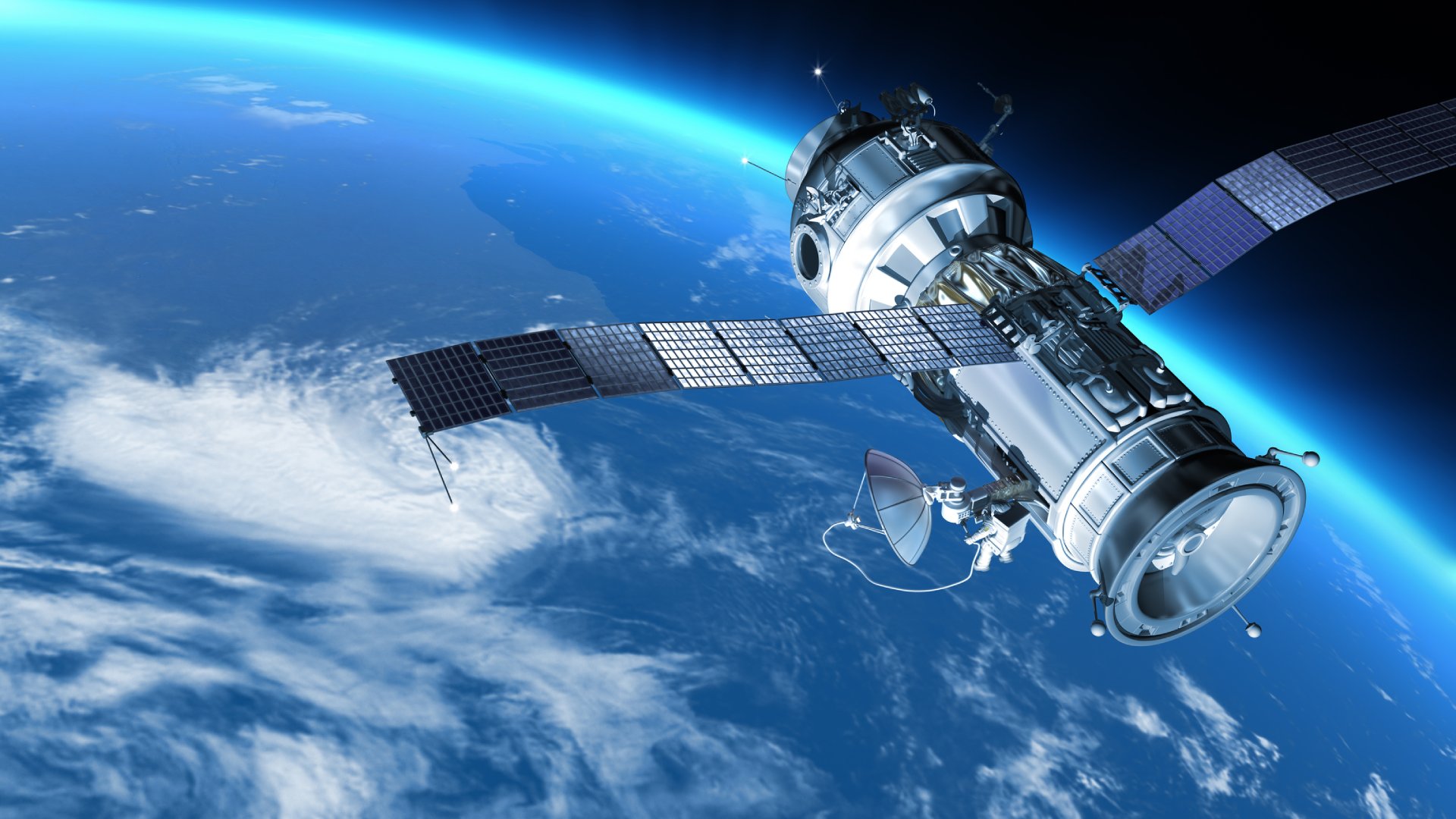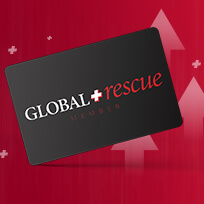Unpredictable natural disasters, such as earthquakes, can strike without warning. In their wake they leave devastation either directly in the strike zone or by setting off a catastrophic tsunami. While earthquake prediction eludes scientists, they do know most of them come from two regions – and that helps travelers understand how to prepare for an earthquake and respond afterwards.
The global earthquake belt found along the rim of the Pacific Ocean is where more than 80% of the planet’s largest earthquakes occur, earning the nickname “Ring of Fire.” The 9.5 magnitude Chilean Earthquake [Valdivia Earthquake] in 1960 and the 9.2 magnitude Alaska Earthquake in 1964 were sparked in the Ring of Fire, according to the U.S. Geological Survey (USGS).
The Alpide earthquake belt extends from Java to Sumatra through the Himalayas, the Mediterranean, and out into the Atlantic, accounting for about 17% of the world’s most powerful quakes. The 7.6 magnitude Pakistan earth tremor in 2005 killed more than 80,000 people. In 2004, the 9.1 magnitude Indonesia earthquake triggered a tsunami that killed nearly a quarter of a million people. Both seismic catastrophes started in the Alpide belt.
[Related Reading: Working in the World’s Hot Spots]
Humans cannot control earthquakes and earthquake prediction is not possible. But we can take steps to prepare ourselves and respond effectively. By understanding the risks, creating an emergency plan, assembling a disaster supply kit and staying informed, you can enhance your safety and that of your loved ones following an earthquake.
“Global Rescue members are experienced travelers, and careful pre-travel planning is not a new concept for them,” said Harding Bush, former Navy SEAL and Global Rescue security manager. “Our members make themselves aware of all the significant threats and hazards so that they can avoid being caught up in an escalating incident.”
Understanding the Risks
The first step in preparing for an unpredictable natural disaster is to understand the risks specific to the regions you’re visiting for work or leisure. Quakes stemming from the Ring of Fire affect the landmasses enveloping the Pacific Ocean including major tourist destinations like San Francisco, Los Angeles, Tokyo, Mexico City, Lima, and Santiago de Chile.
Shocks triggered in the Alpides earthquake belt rumble through a seismic alley along the major ranges of the Atlas Mountains, the Alps, the Caucasus Mountains, Alborz, Hindu Kush, Karakoram, and the Himalayas. Travelers within these areas are at a higher risk of experiencing a quake in the same way that Caribbean visitors have a greater chance of encountering a hurricane, except that the former is unpredictable, and the latter is not.
No scientist has ever predicted a major earthquake, according to the USGS. “We do not know how, and we do not expect to know how any time in the foreseeable future. USGS scientists can only calculate the probability that a significant earthquake will occur in a specific area within a certain number of years.”
There are earthquake early warning systems, but they don’t predict them. Instead, they detect ground motion as soon as an earthquake begins and quickly send alerts that a tremor is on its way, giving people crucial seconds to prepare, according to experts. If you’re traveling to a quake region it is wise to familiarize yourself with local evacuation routes, emergency shelters, and community response plans.
“The human population of an urban environment presents an enhanced level of risk,” Bush said. “The character of commercial, industrial and residential sprawl can increase the effects of a natural disaster, such as a flood, fire or earthquake.”
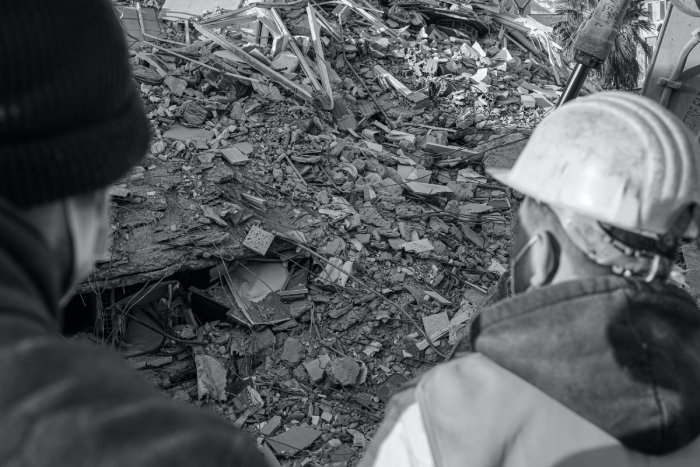
Create an Emergency Plan
When traveling overseas internationally, it’s crucial to be prepared for the possibility of an unpredictable natural disaster like an earthquake, which is also a primary trigger in what causes a tsunami, an equally calamitous event. Failing to prepare in advance is a common mistake. Make preparedness a priority to minimize the impact of an earthquake, tsunami or other unpredictable natural disaster.
Here are a few of the most important preparations you can make in advance of a quake or tsunami disaster:
- Valid Identification and Travel Documents – Ensure you have your passport, identification and any necessary travel documents readily accessible. These documents are essential for identification, possible evacuation, and re-entry into your home country. Keep them in a waterproof and secure location, such as a sealed plastic bag within your travel bag.
- Emergency Contact Information – Carry a list of emergency contact numbers, including local authorities, embassy or consulate contact details, and the phone numbers of your loved ones back home. In the event of a disaster, communication networks may be disrupted, so having these numbers readily available can help you seek assistance and inform your family about your well-being.
- First Aid Kit and Medications – Make a compact first aid kit equipped with essential medical supplies such as bandages, antiseptics, pain relievers and any prescription medications you require. Consider the duration of your trip and the availability of medical services at your destination. Having necessary medications on hand can be critical, especially if you have pre-existing conditions.
- Emergency Cash and Backup Cards – Keep a sufficient amount of emergency cash in both local currency and a widely accepted international currency. ATMs and banking systems may be inaccessible during or after a disaster. Additionally, carry backup credit or debit cards in case your primary card gets lost, stolen or compromised.
- Local Maps and Language Guide – Include local maps and a basic language guide. Familiarize yourself with key landmarks, evacuation routes, and shelter locations. A language guide can help you communicate with locals and emergency responders, allowing you to understand instructions and seek help effectively.
- Designate a meeting point if a catastrophic event separates you from your family or group. Determine in advance where to shelter during an earthquake or moving to higher ground during a tsunami. Establish a communication plan to stay connected with loved ones during emergencies. Identify an out-of-area contact person who can relay messages and provide updates.
These items and actions are in addition to the standard travel essentials like appropriate clothing, toiletries and personal items. It’s also crucial to stay informed about the local emergency procedures and listen to instructions from local authorities during a natural disaster. Taking these precautions will enhance your safety and preparedness when traveling internationally.

Avoid Mistakes
Stressful situations can lead to mistakes. The human response to fight, flee or freeze in the face of a sudden disaster can override a deliberative, methodical thought process. It’s important to remain calm and act swiftly to ensure your safety. Some of the biggest mistakes to avoid include:
- Delaying Evacuation – Waiting too long to evacuate is a dangerous mistake. If authorities issue an evacuation order, follow it promptly. Delaying evacuation can lead to being trapped, cut off from necessary resources or rescue efforts, and exposed to greater danger.
- Inadequate Communication – Failure to establish a communication plan can hinder your safety. Lack of communication can result in confusion, separation from loved ones, or missed updates from authorities. Establish a communication plan in advance and ensure everyone knows how to contact each other.
- Insufficient Shelter – Choosing an unsafe location for shelter is a grave mistake. Seek sturdy structures or designated emergency shelters that are away from potential hazards. Avoid seeking refuge in areas prone to landslides, flood zones, or near unstable buildings.
- Lack of First Aid Knowledge – Not having basic first aid knowledge can be detrimental during a disaster. Learn essential first aid techniques to provide immediate assistance to yourself and others until professional help arrives. This knowledge can save lives in critical situations.
- Dependency on Technology – Relying solely on technology for information and communication can be problematic during a disaster. Power outages or damaged infrastructure can render technology useless. Have alternative methods like battery-powered radios and physical maps as backup.
Stay Informed
During a natural disaster, accurate and timely information is crucial. Stay informed through reliable sources, such as local authorities, emergency management agencies, and weather services.
Sign up for emergency alerts and notifications specific to your area. Keep a battery-powered or hand-cranked radio handy to receive updates in case of power outages. “Keep your devices charged. Power could go out for days, weeks or months. It all depends on the local infrastructure,” Global Rescue’s Harding Bush said. “Readiness, swift action and alert decision-making are core characteristics to manage catastrophic situations successfully.”
[Related Reading: Defying Nature’s Wrath: The Daring Choice To Stay During a Hurricane]
If evacuation is necessary, follow the instructions provided by authorities without delay. Stay tuned to news channels or use social media platforms to gather information about evacuation routes, shelter locations and available resources.
How Global Rescue Helps
While we cannot predict or prevent natural disasters, we can take proactive steps to prepare and respond effectively. By understanding the risks, creating an emergency plan, assembling a disaster supply kit, and staying informed, you can minimize the impact of unpredictable events like earthquakes and tsunamis. Remember, preparedness is key, and it is everyone’s responsibility to prioritize safety. By taking these measures, you can enhance your chances of staying safe, protecting your loved ones, and recovering more swiftly in the aftermath of a natural disaster.
If you’re traveling, and there’s a natural disaster, a Global Rescue security membership provides access to our expert team of veteran military special forces and their expertise. Traveling members who cannot evacuate following an earthquake can rely on our security operations teams to provide lifesaving advice, including where to shelter, to extracting you to safety. And since it’s a membership – and not insurance – there’s no claim forms or charges for members. Ever.

